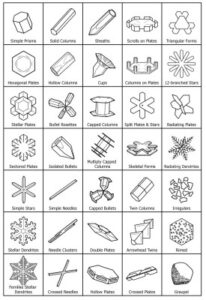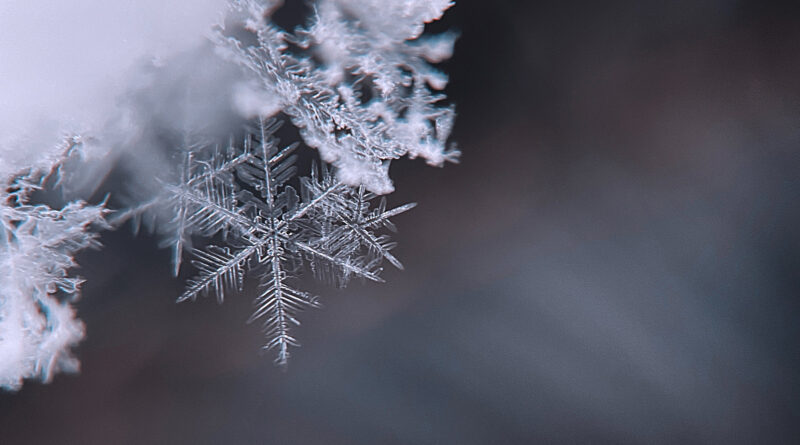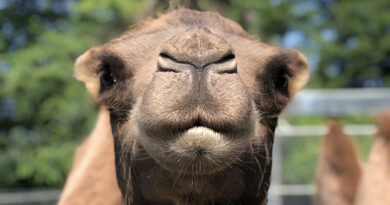Diamonds of Water – Beautiful Snow Crystals
SNOWFLAKES
By Sandra Liatsos
They shine like silver butterflies
Drifting in the sun,
As though they fly on crystal wings
That winter cold has spun.
They catch and hold each soft sunbeam
And then, without a sound,
Turn into sparkling gossamer
Before they touch the ground.
The Story of a Snowflake…It all began 1,000 years ago. A volcanic eruption in the Philippines sent up a cloud of dust and ash skyward 12 kilometers above lofty mountains… For many years one particle of ash tumbled around the sky buffeted by winds, mixing with the upper and lower atmosphere. On one December night, this small particle ended up in a part of the atmosphere that was super-cooled and stable…about -20 C. Moisture in the air gradually increased as winds blew warm ocean air upward over the mountains. A lone particle of ash bumped against molecules of water and a snow seed was born – a microscopic crystal so small even the world’s most powerful microscope would have trouble seeing it. One by one other molecules were pulled towards the growing crystal fusing and becoming larger. Within two hours, the snowflake had grown a thousand-fold, into a perfect hexagon. The snow crystal, now a snowflake, had become so heavy, it began to fall. Slowly at first, and then gathering momentum, it danced towards the earth. Every layer of air it fell through had slightly different levels of moisture and temperature. And each layer sculpted the flake into an ever more complex and beautiful shape. I was walking with my two children in the first snowfall of the season, tongues outstretched to catch the tumbling crystals from above. One so delicately made, fell upon my daughter’s warm tongue and she smiled as it melted into the tiniest droplet of water, so soft it was almost never there. (from The Big Book of Nature Activities: A Year-Round Guide to Outdoor Learning, by Jacob Rodenburg and Drew Monkman)
With so much white around us on a snowy day, we seldom think about just how magical a single snowflake can be. And yet it is true, every snowflake is different; each flake is a beautifully wrought snow crystal – a diamond of frozen water – and we should take the time to admire its delicate and exquisite beauty.
A snowflake will form on the tiniest particle of dust. As the snowflake tumbles through the air, it forms a complex and beautiful snow crystal. When first formed, a snowflake is likely to be a hexagonal prism looking like a honeycomb. As it grows larger, arms of crystal form at the corners of the crystal (always six sided) and they begin to take on ever more complex and stunning shapes, often starlike. However, they can also form as needles, plates, sheathes and columns (see below). A fully formed snowflake crystal is nothing short of magic!
How to catch a snowflake: Find some black bristol board and several magnifying glasses. You can get both at a dollar store. Cut the bristol board into squares about 10 inches by 10 inches. If you can, laminate these. On a day in which the temperature is about – 5 Celsius or about 23 degrees Fahrenheit and it is gently snowing with little wind, go outside. Make sure you have allowed your bristol board (snowflake catcher) time to cool so the snowflakes won’t melt. Catch snowflakes on your board as they fall. Study these through your magnifying glass. Can you find stellar crystals, hexagonal plates, needles or columns?
By Jacob Rodenburg, Executive Director, Camp Kawartha
campkawartha.ca
SNOWFLAKE CHART: from www.snowcrystals.com
You can make your own anatomically correct snowflake
Here is how: Using an upside-down glass to help you, cut out a round circle of paper. Fold this in half. Fold this in thirds. Careful, this is a tricky step for some people! You should have three equal sections (see diagram). Fold this section in half and begin cutting. Use the folded part as your spine. The more snowflakes you make, the more delicate and beautiful your designs become. You need to be brave in your cutting. As long as one part of your spine stays together, you’ll have a whole snowflake. If you like, iron these between two layers of wax paper.




